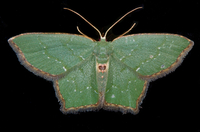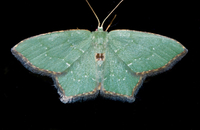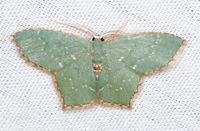
| Recorded by: Dean Furbish on 2025-08-26
Wake Co.
Comment: | 
| Recorded by: Dean Furbish on 2025-08-25
Wake Co.
Comment: |

| Recorded by: Mark Basinger on 2025-07-30
Wilson Co.
Comment: | 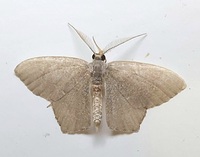
| Recorded by: Mark Basinger on 2025-07-22
Brunswick Co.
Comment: |

| Recorded by: Mark Basinger on 2025-05-06
Wilson Co.
Comment: | 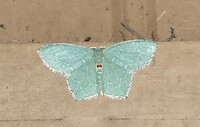
| Recorded by: Michael P. Morales on 2025-05-05
Cumberland Co.
Comment: |
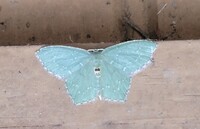
| Recorded by: Michael P. Morales on 2025-05-05
Cumberland Co.
Comment: | 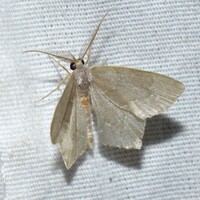
| Recorded by: Jeff Niznik, David George on 2024-09-07
Alamance Co.
Comment: |

| Recorded by: Jim Petranka on 2024-08-25
Madison Co.
Comment: | 
| Recorded by: Mark Basinger on 2024-08-25
Wilson Co.
Comment: |

| Recorded by: Mark Basinger on 2024-08-17
Brunswick Co.
Comment: | 
| Recorded by: Mark Basinger on 2024-08-17
Brunswick Co.
Comment: |

| Recorded by: David George, Jeff Niznik, Patrick Coin, Steve Hall, Carol Tingley, Tom Howard on 2024-07-27
Chatham Co.
Comment: | 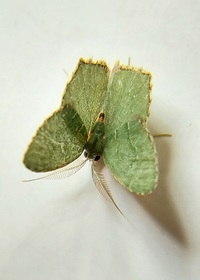
| Recorded by: Mark Basinger on 2024-07-11
Brunswick Co.
Comment: |
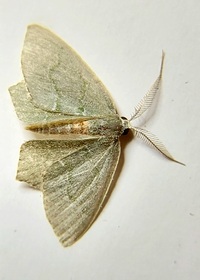
| Recorded by: Mark Basinger on 2024-07-11
Brunswick Co.
Comment: | 
| Recorded by: David George, Jeff Niznik on 2024-07-08
Chatham Co.
Comment: |
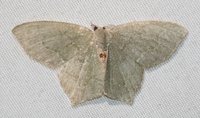
| Recorded by: Emily Stanley on 2024-06-28
Buncombe Co.
Comment: | 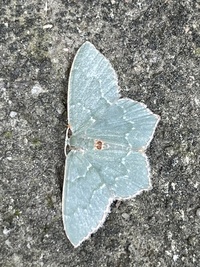
| Recorded by: Morgan Freese on 2024-06-05
Buncombe Co.
Comment: |

| Recorded by: David George, Jeff Niznik on 2024-05-25
Chatham Co.
Comment: | 
| Recorded by: David George, Rich Teper on 2024-05-13
Chatham Co.
Comment: |
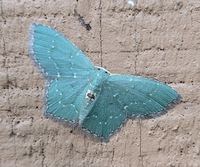
| Recorded by: Jennifer Smith & Michael P. Morales on 2023-09-25
Cumberland Co.
Comment: | 
| Recorded by: Mark Basinger on 2023-09-19
Wilson Co.
Comment: |

| Recorded by: Jim Petranka on 2023-09-11
Madison Co.
Comment: | 
| Recorded by: Mark Basinger on 2023-09-11
Wilson Co.
Comment: |

| Recorded by: Mark Basinger on 2023-09-07
Wilson Co.
Comment: | 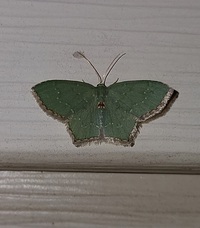
| Recorded by: Mark Basinger on 2023-09-05
Wilson Co.
Comment: |
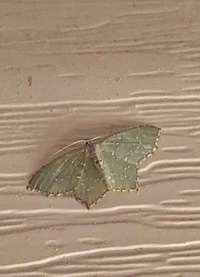
| Recorded by: Mark Basinger on 2023-08-31
Wilson Co.
Comment: | 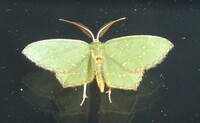
| Recorded by: Simpson Eason on 2023-08-27
Durham Co.
Comment: |
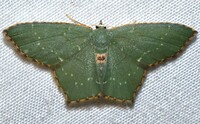
| Recorded by: David George, Stephen Dunn, Jeff Niznik on 2023-08-18
Caswell Co.
Comment: | 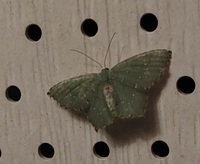
| Recorded by: Mark Basinger on 2023-08-08
Wilson Co.
Comment: |
|

 »
»